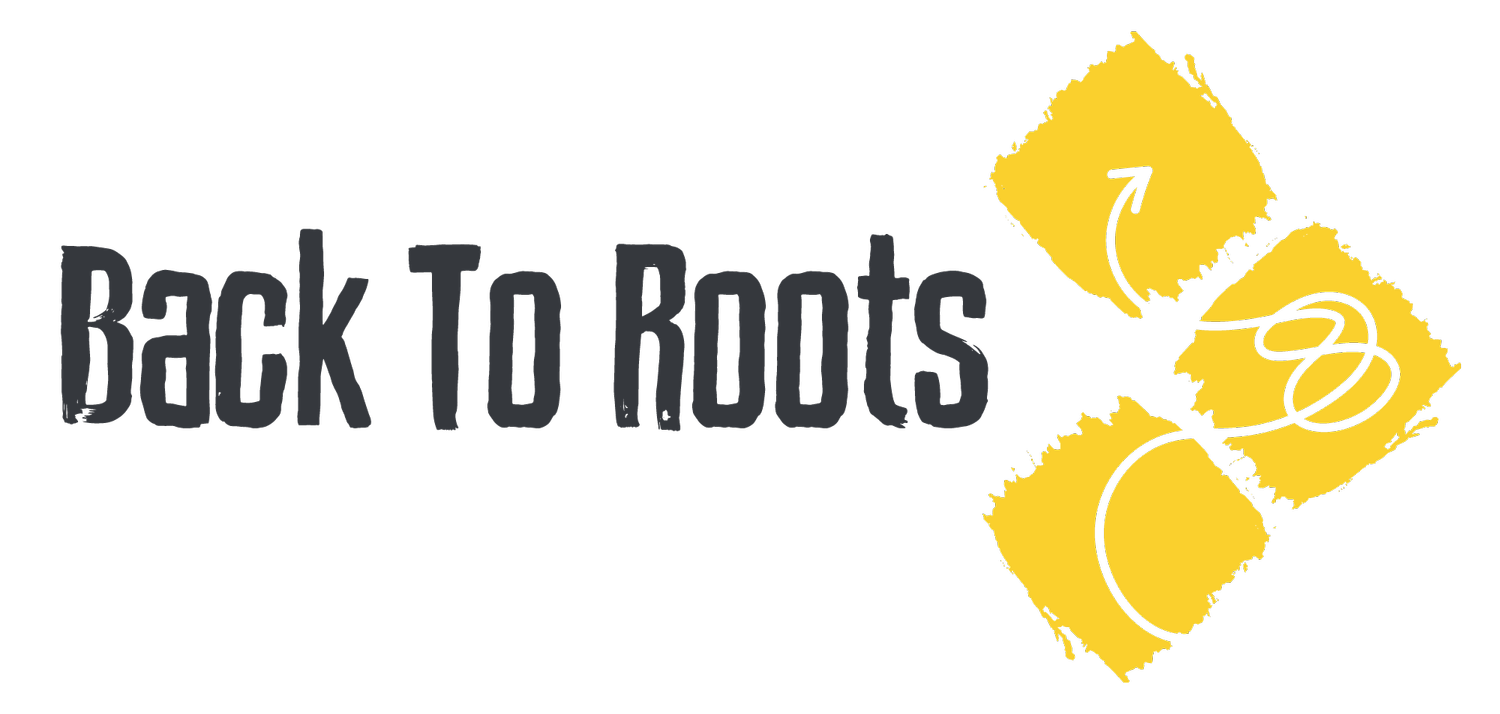B2R Internship Notes. Clouds Not Clocks
Low back pain covers a wide spectrum of different types of pain (eg, nociceptive, neuropathic and nociplastic, or non-specific) that frequently overlap (Lancet, 2021).
Less than 1% of it has a serious cause like a fracture, cancer or an infection. 5% is caused by an injury to a nerve root, and 90-95% is defined as non-specific. (Bardin et al, 2017). It means we can’t tell for sure which structures are the cause of the pain.
This uncertainty had led to managing back pain in a reductionist way, looking to MRIs, pelvic asymmetries, muscular imbalances and surgeries for the answer.
Reductionism is an approach that makes sense in a mechanistic system like a clock ie. If your clock doesn’t work, we need to break it down in pieces, find the broken one and replace it. Once everything is put all together, the clock will work.
However, if you take a dark cloud and you don’t understand why it’s not raining, you cannot break it up in parts to look for the problem. In fact, far more factors affect cloud formation: think of topography, air temperature, or humidity.
Clouds are complex systems.
Humans are complex systems.
Pain is complex.
The mistake of modern rehab and medicine is to see humans as clocks and interpret pain as tissue damage or dysfunction, which is why we get seduced by the false promises of the newest scan on the market or latest movement analysis systems. We want to believe we will understand one's source of pain if we find the broken piece. But that approach is doomed to failure: we are more like clouds than clocks and..
“..to some degree all clocks are clouds; or in other words, that only clouds exist, though clouds of very different degrees of cloudiness.”
For too long we have treated people like machines.
Pain doesn't have to be fixed, but rather has to be managed.
Through the lenses of a biopsychosocial model of pain we see physical symptoms as the denouement of a dynamic interaction between biological, psychological, and social factors (Cohen at al, 2021).
Thus, humans need a biopsychosocial approach that utilizes movement, psychological and social interventions.
As professionals we need to guide our clients and patients in finding the time for themselves, creating a better environment around them and ultimately get them back to the things they value the most - with or without pain.
If you would like to learn more on how to implement contemporary evidence-based concepts, then sign-up for Season 3 of our B2R Internship!
Gio ;)
Giovanni Frapporti
Giovanni Frapporti is a chiropractor and rehabilitation specialist based in Brescia and Verona, Italy. He played rugby for 20 years and coached Palmer College Rugby Football Club for 3 during his studies in the USA. After having been through several injuries and experienced back pain for many years himself, he has developed a special interest in chronic musculoskeletal pain rehab and sports injuries.



